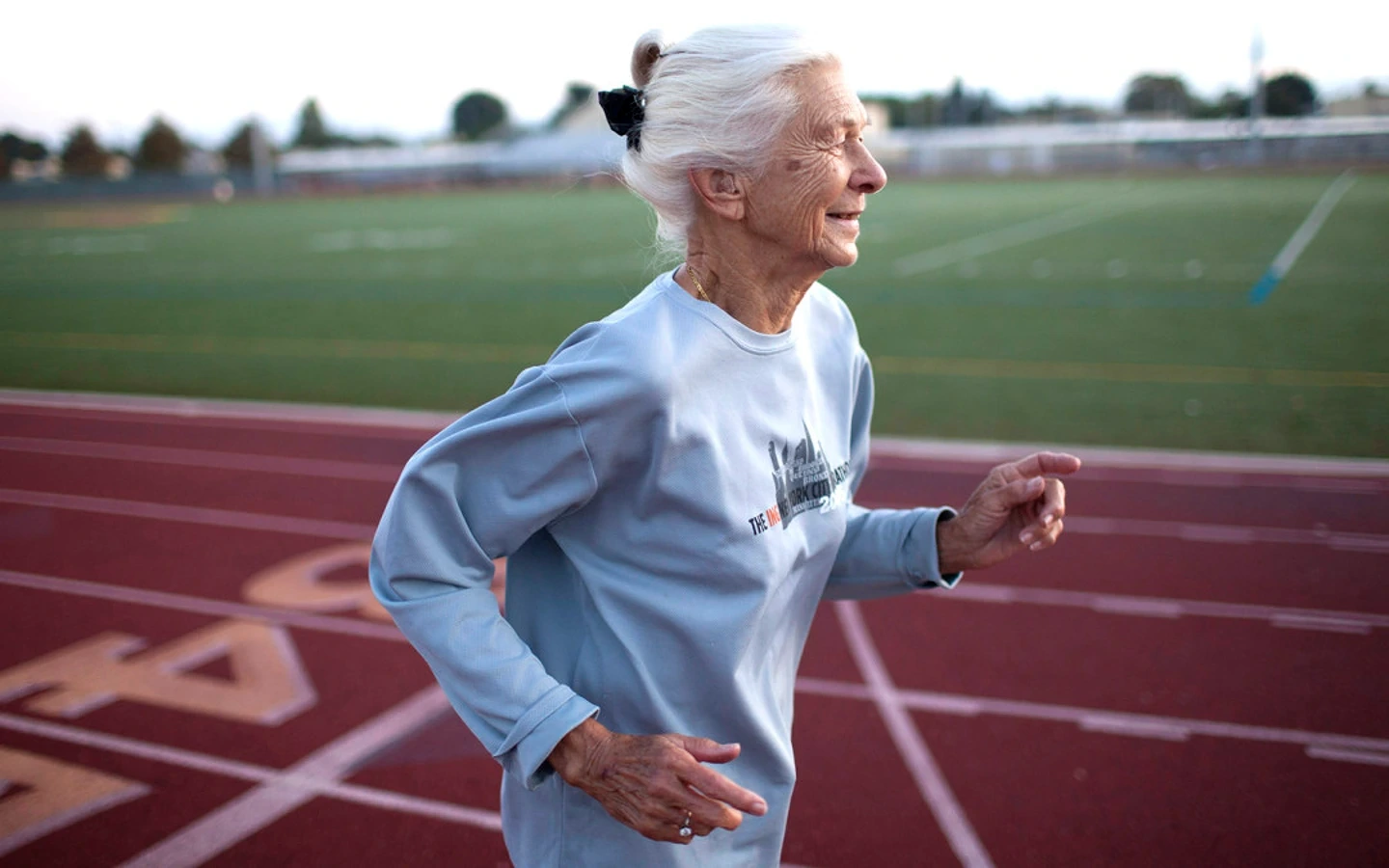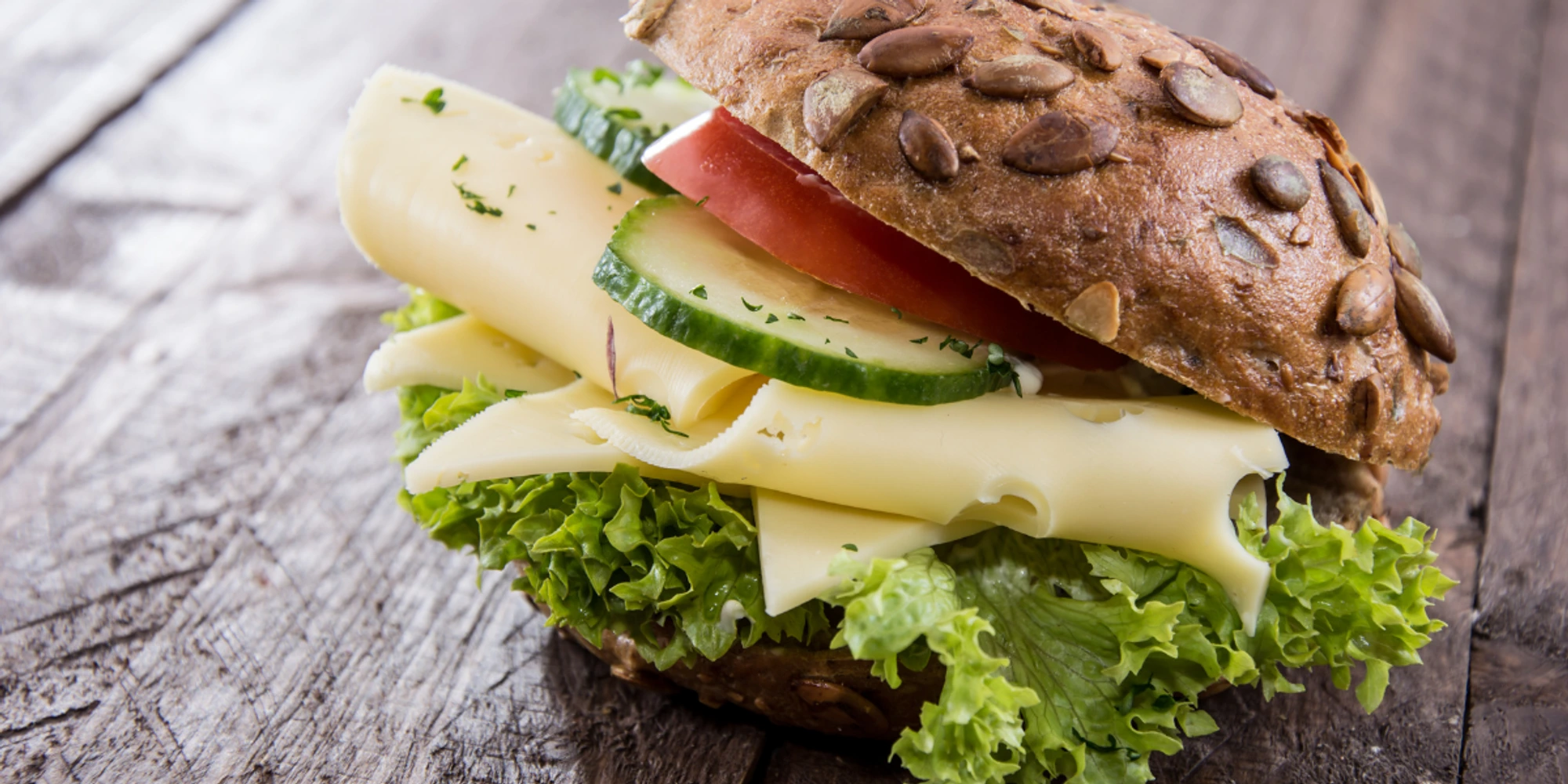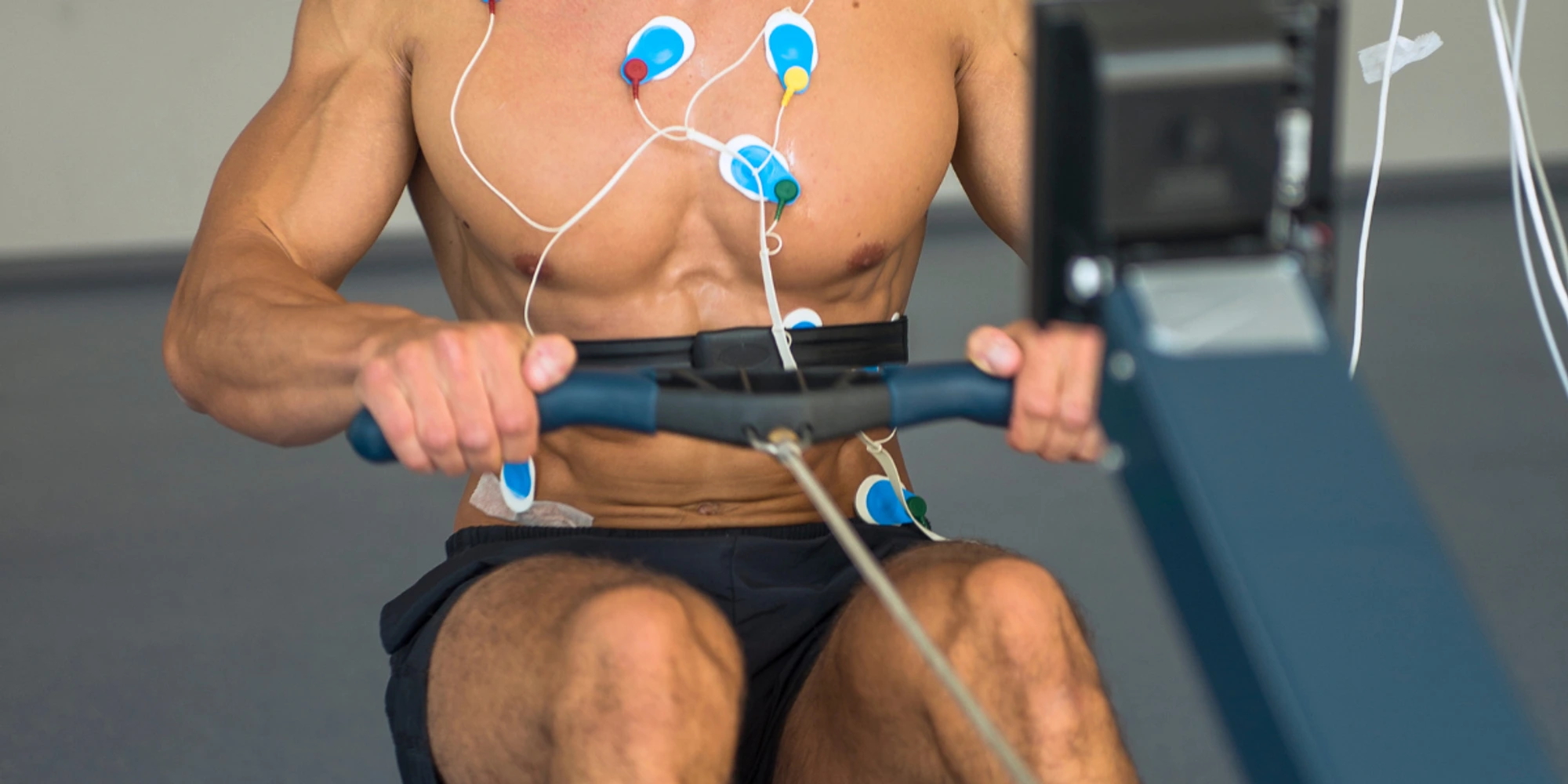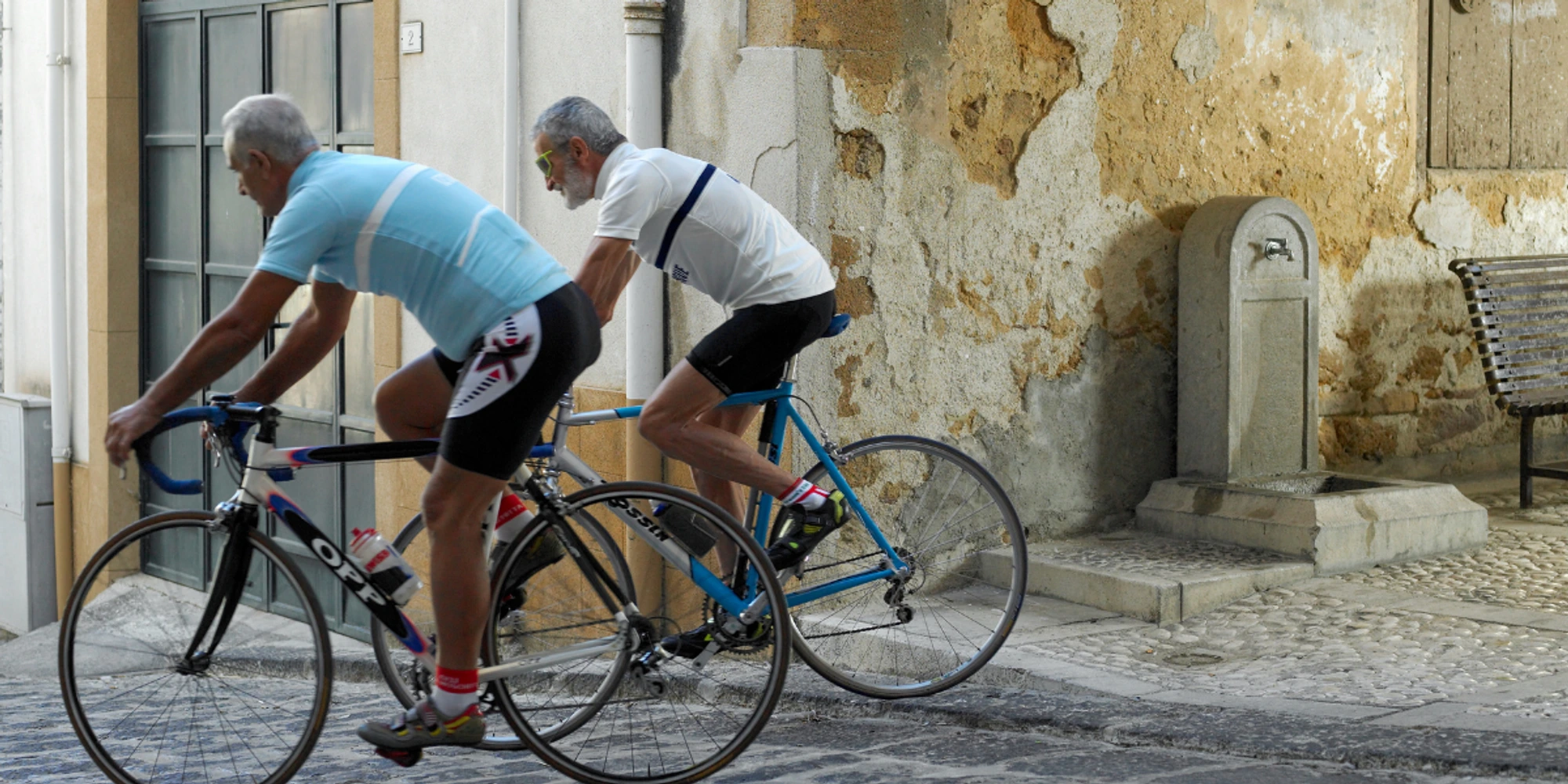
Age and Athletic Performance Part 1
First, a little basic background information. We know that a lot happens with age; a 60-year-old does not look the same as a 30-year-old, that much is certain. But to focus on the training aspect, there are some significant changes that affect how our body adapts to training. There are certain differences we cannot ignore, which researchers have highlighted from the statistics:
- Older individuals often have more annoying small injuries from previous years of training and lifestyle that affect training in later years (osteoarthritis, wear and tear, sprains, etc.).
- Injury history (They have had more years to get injured).
- Lower levels of anabolic hormones affecting training response.
- Longer recovery times = lower training volume.
- Statistically, it is more likely that an older athlete has less time for training in life and lower motivation to engage in training (this also applies at the elite level according to existing research) compared to a younger athlete.
The most important physiological factors of aging that affect our performance are however:

Basal metabolism decreases with age
Most people are aware that stamina and energy decline with age. Our metabolism gradually but surely slows down throughout our lifespan, until the day it comes to a complete stop and we have finished our time on this earth (fun start). You cannot eat as much once you pass the age of 40 as you could when you were 20. The difference is not gigantic, but is roughly -0.5 kcal/hour starting from age 40 and onward. This means that, to maintain your weight, you need to eat 12 kcal less each day for every year that goes by after you turn 40, assuming all other factors are the same from year to year.
A 60-year-old should therefore eat 120 kcal less each day compared to a 50-year-old, and 240 kcal less/day compared to a 40-year-old. This is the case to maintain weight, if indeed all other factors are the same (which they never are). 240 kcal is roughly the amount of energy you get from a cheese sandwich.
For you as an athlete, it may not be energy and potential weight gain that are the biggest culprits. Rather, this lowered metabolism means that your "engine" loses 1% efficiency every year. You will therefore have to exert more effort for the same watts on the bike, or for the same speed on the running track. Luckily, this negative effect can be mitigated through training. Maintaining muscle mass and oxygen uptake ability is awesome in every way and manner.

Oxygen Uptake and Age
If you maintain your training volume as you age, you will also maintain your oxygen uptake capacity. In a study, 42 athletes aged 63-65 were followed over a period of 9 years, where their oxygen uptake was measured each year. Those who maintained a high training level lost 0.28% in VO2max each year, those who trained moderately lost 2.6% in VO2max year over year, and finally, those who trained sporadically lost 4.6% in oxygen uptake each year. Researchers have followed athletes from their 20s into "older age" to see what happens; many groups of athletes have even been followed continuously with regular testing intervals over 20-40 years. All of these longitudinal studies agree that something happens around the age of 60, even when the training volume is maintained. From age 60 and beyond, VO2max, muscle mass, body composition, and overall performance begin to decline more drastically.
What we can take away from this is the fact that training keeps you young. And that you definitely should continue with your intervals and thresholds long after you turn 40.

The Impact of Age on Endurance Performance
Looking back over the past 30 years, the performance of older athletes has steadily climbed upwards. Times for 45-50-year-old triathletes in Ironman have doubled and even quadrupled for both men and women. Better equipment and nutrition certainly contribute to this, while it also seems that we are getting better at adjusting our training, avoiding injuries, and thus continuing to perform despite increasing age.
A study has been released that examined the correlation between chronological and physiological age. The age listed on your driver's license or in your passport does not necessarily have to be your physiological age. The fact that your body can be kept younger and healthier through training is not exactly a shocking revelation. In summary, the study confirmed that chronological and physiological age do not increase linearly; even when controlling for lifestyle factors such as smoking, training, finances, etc., it is seen that physiological age is linear. However, something seems to happen around the age of 55 when physiological age skyrockets and we age faster.
A couple of the main factors contributing to the decline in performance with age are a reduced ability to develop muscle strength while oxygen transport in the blood decreases. When we look at the results where older individuals perform worse than younger ones over the same distance, it is likely also influenced by the training load prior to competition. Some researchers argue that it is not the physiological differences at the starting line between an older and younger athlete's bodies that determine who wins, but rather the physiological differences that have accumulated throughout the training season. Older athletes require more recovery and consequently cannot train as qualitatively as often. When you consider this effect over an entire training season, it eventually leads to significant differences in training volume between a younger and older athlete. And of course, the mental toughness also thickens with age, doesn’t it? 😉
